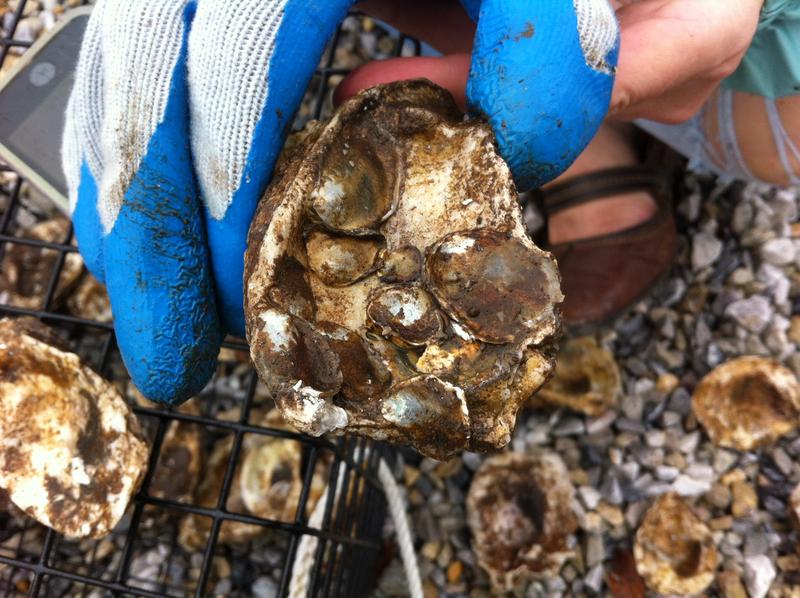

Provide seed for oyster aquaculture and restoration of wild oysters.Maryland Sea Grant Extension is working with its many partners to bring oysters back-by using aquaculture to cultivate the mollusk for food and restoration. On the Bay: Chesapeake Quarterly's Blogįind out more about this two-year study comparing contained culture equipment for oyster aquaculture production.ĭisease, habitat loss, overharvesting, and poor water quality have left the Chesapeake Bay’s iconic wild oysters in a dismal state, at just 0.3 percent of their teeming population in the early 1800s, according to a 2011 research study by the University of Maryland Center for Environmental Science.Fellowship Experiences: A Students' Blog.Part of this work will be performed on an oyster lease operated by high school students in the Alma Bryant Aquaculture Program, and their participation in this project will increase work force development. A cost-benefit analysis will be conducted to ascertain if using predator cues and/or longer holding times for spat-on-shell improves return on investment for oyster restoration and aquaculture.

Oyster growth and survival will be monitored at regular intervals for 12 months, and then oysters will be assessed for size, fecundity, soft tissue amount and quality, and shell aesthetics to determine the effects of nursery rearing technique on these factors. Before placement in the field, shell strength and size will be measured. Seed oysters will remain in the nursery until reaching 2mm as industry standard. Spat-on-shell will be held in the nursery for either 2 weeks as this is standard practice or for 4 weeks because we know that this time improves survival significantly. Here, we will expose both spat-on-shell and seed oysters to predator cues from blue crabs. Similarly, seed oysters grow stronger shells when exposed to predators, although the effects on seed oyster survival when grown off-bottom have not been investigated. Preliminary studies using spat-on-shell revealed that exposing oysters to predator cues and holding them in the hatchery for 4 weeks increased oyster shell hardness and survival. Spat-on-shell are kept in the nursery for 2 weeks prior to field placement while seed oysters remain in the nursery until the exceed 2 mm, which usually takes ~3 weeks. Oysters are spawned in a hatchery and then either settled on sun-bleached oyster shells or other cultch to become spat-on-shell or settled onto microcultch to grow as singles or seed oysters that are farmed for the half-shell market.

Use diploid and triploid seed oysters to determine if using predator cues will improve survival and marketability of off bottom oyster farming.Increase oyster reef locations restored with spat-on-shell to determine field conditions where this technique is most useful.

The purpose of this research is to develop a new hatchery technique that produces oysters with thicker shells that increases their survival and marketability for aquaculture and reef restoration by exposing oysters to cues from predators in a nursery. Further, thicker shelled oysters may be more valuable due to their shell aesthetics. Preliminary results suggest that exposing oysters to predator exudates in the nursery following settlement causes oysters to develop thicker, stronger shells that are resistant to predation and increase oyster survival. Yet, both remote setting and off-bottom farming are plagued by mortality for predators. Additionally, off-bottom farming of oysters for the half-shell market is also being used to boost oyster production. To combat oyster loss and recover lost ecosystem services from oyster reefs, state agencies in Mississippi and Alabama have initiated remote setting operations whereby oyster larvae are settled onto cultch and then placed onto existing reefs for fisheries enhancement. Oyster populations have declined substantially in Mississippi and Alabama.


 0 kommentar(er)
0 kommentar(er)
